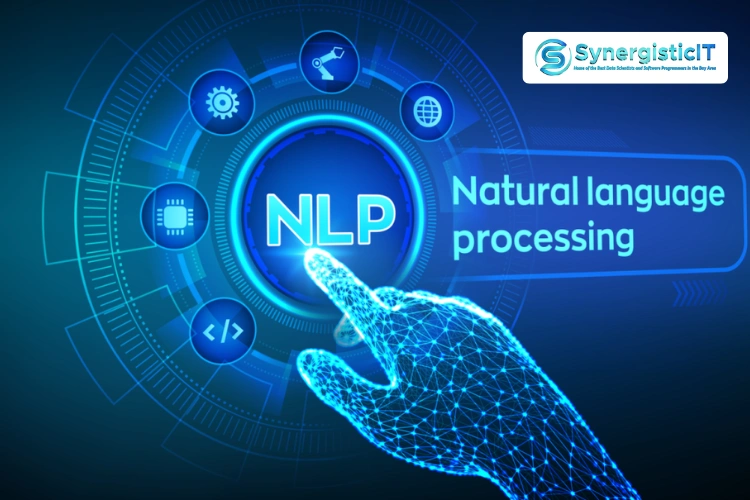 Natural Language Processing (NLP) is bringing about a transformative impact on the user experience across diverse technologies. Its implementation spans a wide range of domains, including text analysis, voice automation, enhanced customer service, and beyond.
Natural Language Processing (NLP) is bringing about a transformative impact on the user experience across diverse technologies. Its implementation spans a wide range of domains, including text analysis, voice automation, enhanced customer service, and beyond.
To pursue a career in NLP and secure your desired job, excelling in interviews is crucial. So, to help you out, we are listing some common Natural Language Processing (NLP) interview questions with their corresponding well-crafted responses.
These questions will guide you through the basic and advanced topics in NLP, including key NLP concepts such as tokenization, lemmatization, NER (Named Entity Recognition), POS tagging, and transformer models like BERT or GPT, etc. so you can feel confident in your next interview. Let’s delve into significant NLP technical interview questions and answers that can help you prepare for your dream job.

